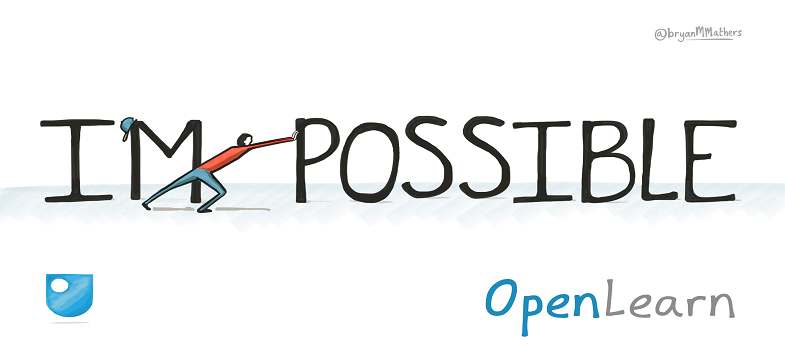10.2.3 Optimising metadata
Search engines will not only draw on the actual text that you have written into your course, but also in metadata. Some metadata is hidden from the screen, but describes other data and will be created automatically when uploading content, e.g a file that contains information about who created it and when. What you input yourself is the most effective kind of metadata and is captured through the titles, headings and image filenames and descriptions.
Adopt a similar approach to metadata as you did with your titles. The metadata which has the biggest effect on search ranking is the meta description. This is a 150–60 character description of the content. Search engines often present it in their results pages. It may be helpful to take your course summary and try to remove any unnecessary words, cutting it down to the most essential information. It should be informative and engaging – this is your chance to attract users who are searching online and see your course in their search results. Make sure your chosen keyword(s) are included and are as close to the beginning as you can.
You can also optimise filenames of linked documents and images, as well as images’ ALT text. This is good practice for many reasons. It helps search engines understand content they can’t easily read and elements such as ALT text are useful for users with screen readers or other assistive technologies.
10.2.2 Optimising your content
